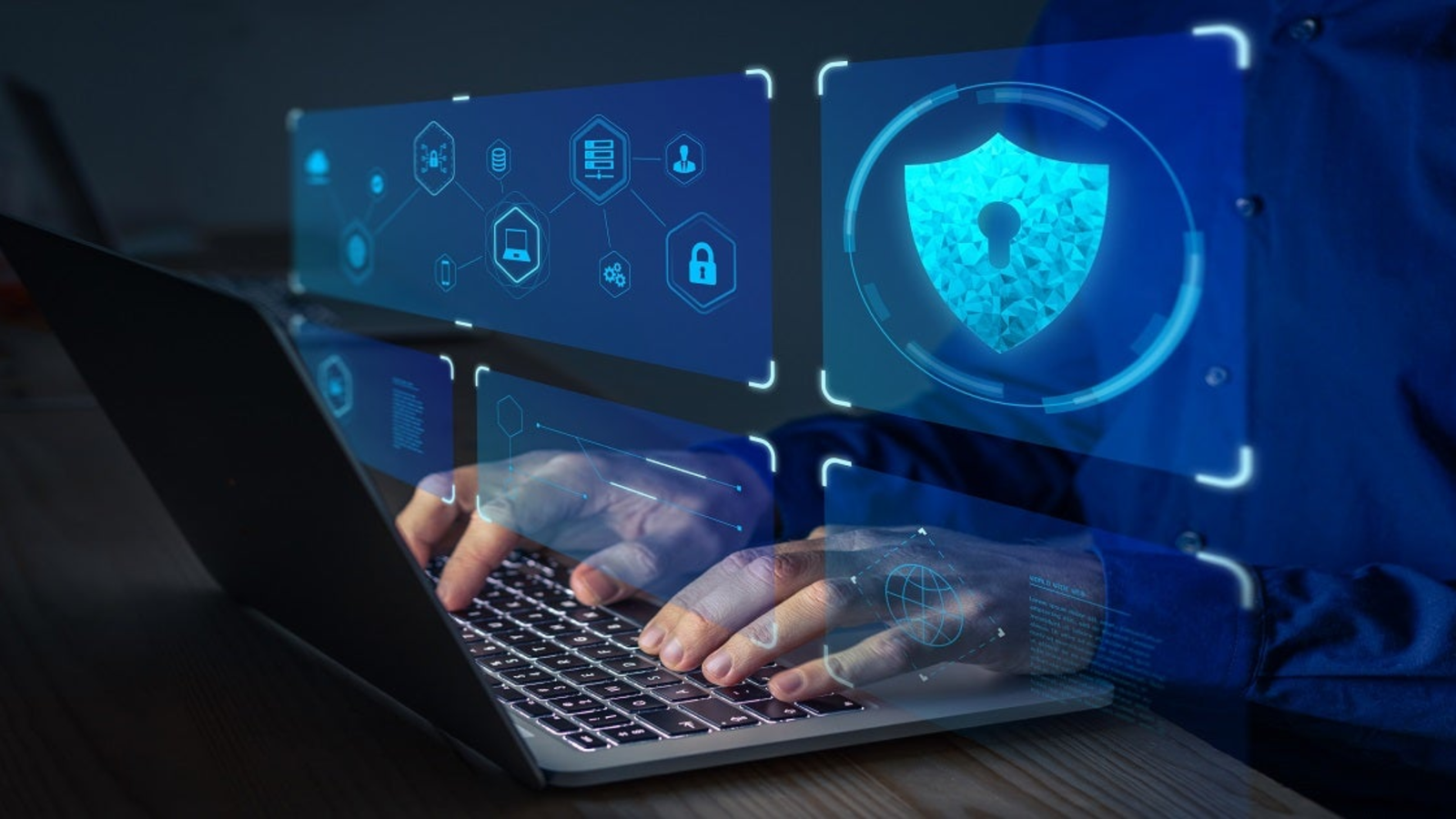Phishing Scams in 2025: Identification and Prevention

To effectively identify and avoid phishing scams in 2025, consider the following structured approach, incorporating emerging technologies and evolving tactics:
Identifying Phishing Scams in 2025
AI-Driven Content Detection:
Deepfakes & AI-Generated Text: Be cautious of hyper-realistic voice/video messages or flawlessly written emails. Use AI detection tools to verify authenticity.
Personalized Attacks: Scams may leverage data breaches to include personal details. Verify unexpected requests via a separate channel (e.g., call the company directly).
Deceptive URLs and Domains:
Homoglyph Attacks: Watch for URLs using lookalike characters (e.g., "googIe.com" with a capital "I"). Use browser extensions that highlight suspicious domains.
International Domains: Check for uncommon top-level domains (.xyz, .bid) masquerading as legitimate sites.
Unconventional Channels:
IoT and App-Based Phishing: Scams may arrive via smart devices, in-app notifications, or decentralized platforms (e.g., NFT marketplaces). Treat unsolicited requests with skepticism.
Emotional Manipulation:
Urgency/Threats: Phishers may exploit crises (e.g., fake bank alerts about "quantum computing breaches"). Pause and verify before acting.
Too-Good-To-Be-True Offers: AI-generated "exclusive" deals or fake investment opportunities in emerging tech (e.g., quantum, blockchain).
Avoiding Phishing Scams in 2025
Advanced Security Tools:
AI-Powered Filters: Use email/client tools with behavioral analysis to flag phishing.
Decentralized Identity Solutions: Adopt blockchain-based verification to reduce reliance on vulnerable credentials.
Multi-Factor Authentication (MFA):
Hardware Security Keys: Use physical keys (e.g., YubiKey) for critical accounts.
Biometric Verification: Enable fingerprint/face ID where possible.
Proactive Verification:
Direct Contact: For sensitive requests (e.g., password resets), contact the organization via official channels.
Transaction Checks: Double-check wallet addresses/crypto transactions manually to avoid blockchain phishing.
Education and Vigilance:
Regular Training: Stay updated on emerging tactics (e.g., deepfake CEO fraud).
Skeptical Mindset: Assume unsolicited messages are suspicious, even from "trusted" contacts (account takeovers may occur).
Technical Precautions:
Password Managers: Use tools that auto-fill credentials only on legitimate sites.
Software Updates: Patch devices to protect against zero-day exploits targeting IoT/AI systems.
Reporting and Monitoring:
Report Phishing: Forward scams to authorities (e.g., FTC, Anti-Phishing Working Group).
Dark Web Monitoring: Use services to alert you if your data is compromised.
Conclusion
2025: Phishing will tap into AI, deepfake, and personalized data in 2025, demanding a combination of tech and humanity. Question: How do you stay safe from these dangers of an increasingly connected world? Keeping yourself informed about such threats and taking preventive measures can help you manage the evolving threat landscape expertly.

.png)





.png)

.png)


.png)